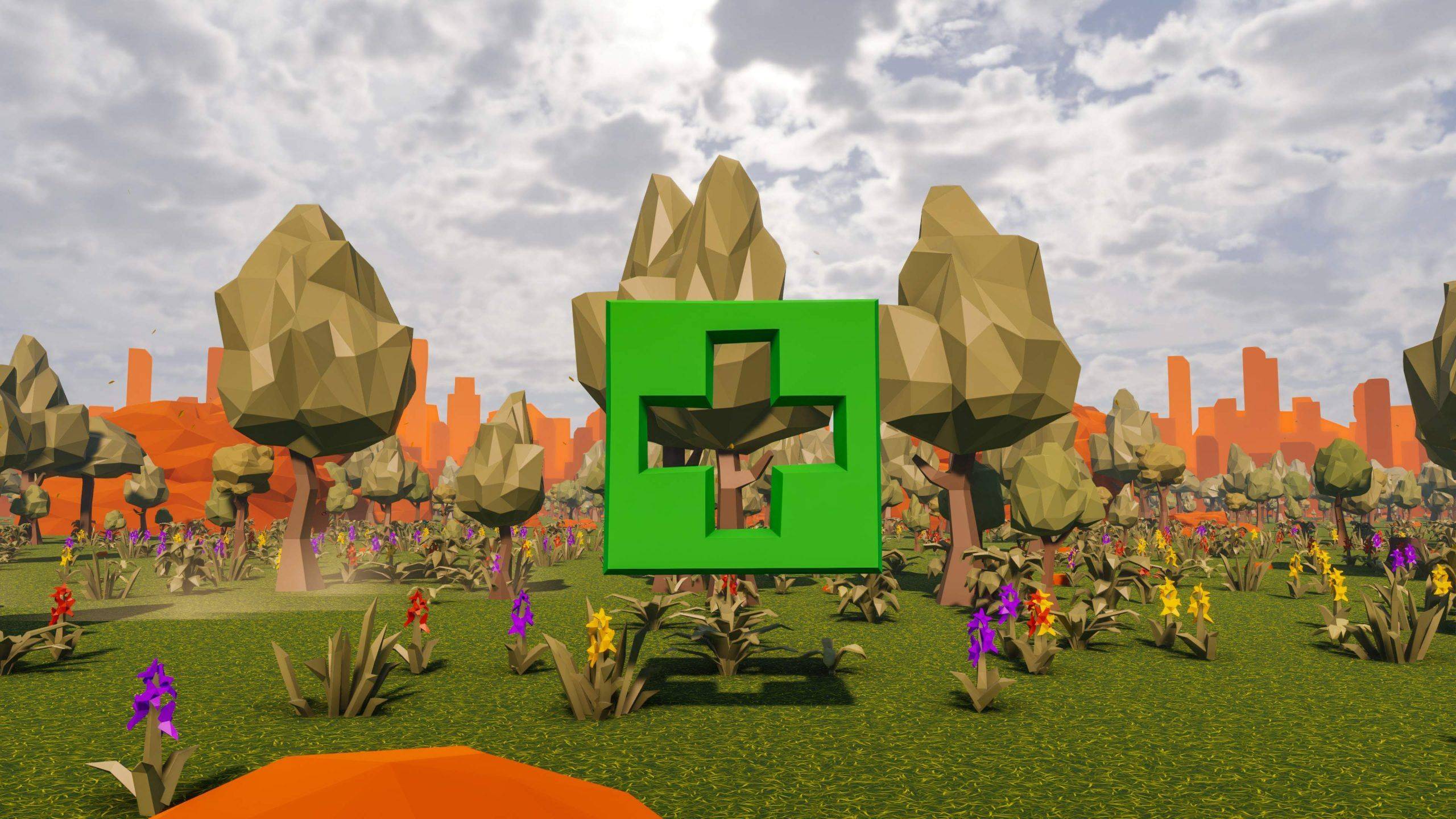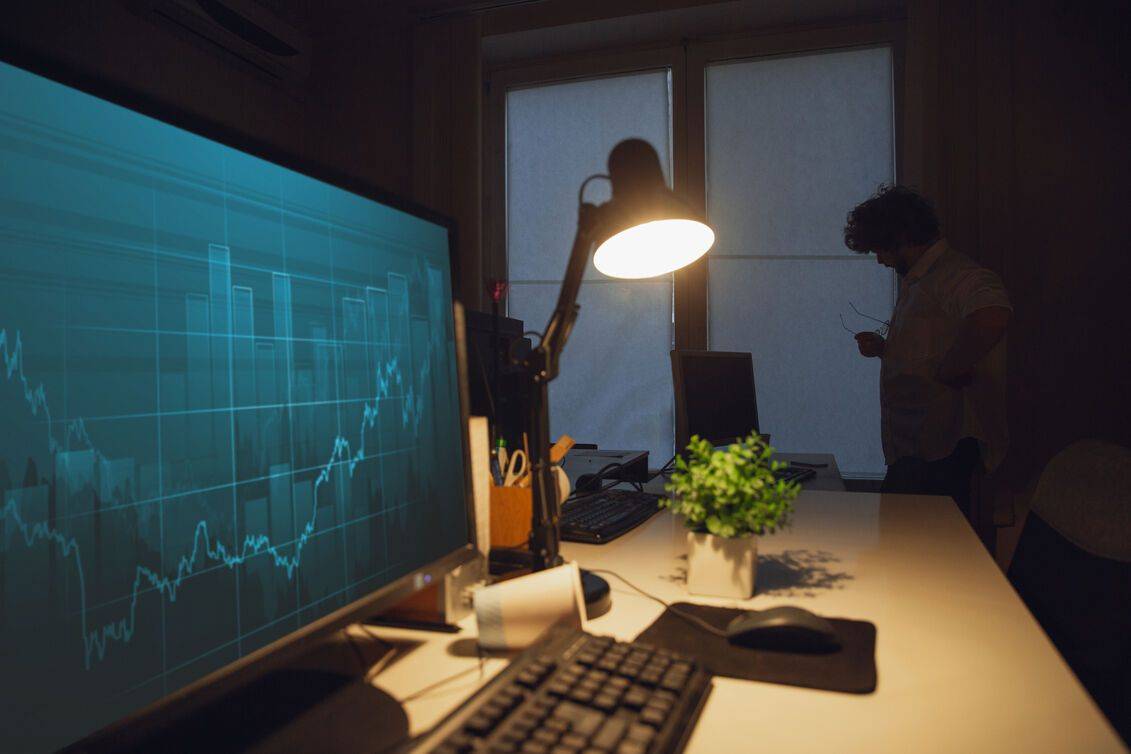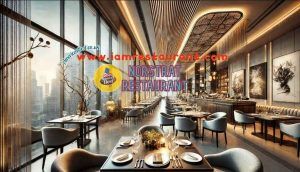Minecraft (2009) Unveils Its Iconic Banners and Visual Identity
Minecraft, created and released in 2009 by Markus Persson, has rapidly evolved from an innocent sandbox concept into an international cultural phenomenon. While its iconic block aesthetics and open-world environment have long been recognized, its iconography and in-game banners play an equally essential role in shaping its identity and community-driven culture. They not only set the mood of its interface and design; but also allow players to self-expression and communicate among themselves and with one another.
https://storiessphere.xyz/category/technology/
This article delves deep into Minecraft’s visual iconography, exploring its beginnings and development from logos, game icons and banner mechanics up to how each plays an essential part in providing its loyal fanbase with the Minecraft experience.
https://storiessphere.xyz/category/business/
Origin and Evolution of the Minecraft Logo
Minecraft has long been recognisable due to its iconic 3D block logo representing its 3D universe of pixels and voxels. Although first designed as a basic text logo, over time this design has undergone several iterations that reflect both game development and visual maturity.
- Early Days (2009)
In 2009, Minecraft’s logo reflected its humble roots by being straightforward. Composed of large grey block-style lettering that read “MINECRAFT,” this early logo gave players an instant feel for its building and mining elements and aesthetic. Furthermore, its minimalist approach resonated well with the indie spirit at that time by featuring low-resolution textures that matched up perfectly with its visual style. - The Moss-Covered Logo (2011)
At Minecraft’s official release in 2011, Mojang introduced an updated version of their logo featuring more details, such as green moss and dirt elements incorporated into stone letters to symbolize Minecraft’s natural surroundings and give the logo its distinct, playful nod towards grassy blocks in-game as an exploration-focused nature-rich experience. This playful nod provided a playful nod towards grassy blocks found throughout gameplay while simultaneously setting an engaging exploration-rich tone for players to experience when discovering what lies beyond the world map! - Variations and Consistency
Over the years, Mojang’s Minecraft logo has evolved gradually over time in response to changes in branding and expansion into different media formats; while maintaining core elements like its blocky font and earthy textures. Today it remains instantly recognisable, as Mojang ensured to preserve this iconic look even as their game expanded onto consoles, mobile platforms, merchandise products etc.
Minecraft Icons and Their Visual Impact
In-game icons are key visual components that facilitate intuitive gameplay. Representing tools, resources, blocks and other items within their inventory, these icons reflect Minecraft’s simple yet distinctive 16×16 graphics style to provide identification of inventory items easily and organize.
- Inventory Icons
Minecraft inventory screens feature various icons representing raw materials to crafted items, from pickaxes and swords to shovels – such as pickaxes and swords – representing raw materials or manufactured pieces, raw material supplies or materials extracted for crafting purposes, iconic tools such as pickaxes or swords for mining as pixelated images; they define players’ interactions with their environment through mining, crafting or combat activities. - Crafting Icons
Minecraft’s crafting system is highly intuitive, in part thanks to the visual clarity of its icons. Bench and furnace icons, in particular, boast simple blocky designs that mirror those found within the game, giving players quick reference for crafting recipes and processes. - Health and Hunger Bars
Minecraft’s iconic health and hunger bars provide a quick visual reference for players to monitor their status. Displayed as red hearts or meat icons, respectively, these reminders of survival remind players to collect food to remain alive during gameplay.
Banners Are an Expressive Medium
Since being introduced with Minecraft 1.8’s update, banners have offered players another avenue of self-expression and customization. Players can craft customized banners by weaving patterns onto them using a loom; creating colorful designs, patterns, or symbols within each banner makes for an appealing way of marking territory while showing their artistic talents within the game world. Banners provide players with an effective tool to mark territory or express creativity within Minecraft itself.
Crafting Banners
Banners can be created from wool and sticks, giving a range of base colours depending on which hue of wool was used for crafting. Once created, banners can be customized further through dyes. A later update provided an easy way for players to add patterns without resorting to complex crafting recipes allowing for the creation of intricate designs without losing time crafting elaborate recipes.
- Banner Patterns and Symbols
Minecraft offers nearly limitless banner design possibilities; players can design geometric figures, animal icons and even letters into words on banners. Popular patterns for banner designs in Minecraft are crosses, borders, gradients and shapes resembling vines that can be combined and layer seamlessly for unique creations.
Specific pattern items, like “creeper charges” to create creeper faces and skull charges to represent skull icons, allow players to create instantly recognisable symbols that fit their base’s theme or aesthetic. Banner patterns serve as flags, markers or even art, offering versatile forms of visual expression within Minecraft.
- Banner Use in Multiplayer Servers
In multiplayer servers, banners serve as symbols representing teams, factions or territories. Banners allow players to identify visually their team affiliation; some servers even hold banner design competitions to showcase creativity amongst Minecraft community players. - Banners as Navigational Tools
Survival mode banners don’t just add decoration; they also serve practical functions. By placing them strategically across maps, banners mark locations to help players navigate large areas more easily while remembering significant places more readily – for instance using red banners to mark home bases, blue ones for water sources and yellow ones for key resource sites.
One of the key characteristics of Minecraft’s visual identity is the community’s influence on its design and iconography. Mojang, its developer, has long encouraged player feedback in shaping game development; custom skins, texture packs and mods further allow players to customize Minecraft as their canvas – truly making Minecraft feel like one!
- Texture Packs and Visual Mods Texture packs allow players to tailor the appearance of Minecraft blocks, items and environments by customizing their appearance with visual mods that vary in complexity ranging from subtle tweaks that alter individual icons through complete overhauls that drastically transform how a game looks overall. Popular texture packs include realistic HD texture packs as well as fantasy ones featuring whimsical appearances or vivid hues in items and blocks.
Visual mods take Minecraft even further by providing custom icons, banners and elements – such as HD textures – while improving visual performance for optimal gameplay. Mods like OptiFine enhance this effect even further while providing HD textures enabling improved Minecraft looks.
- Icon Packs
Icon packs are modifications that specialize in changing the look and design of in-game items and interfaces, offering subtle or dramatic modifications from standard icons. Players can download icon packs that give Minecraft’s items either more realistic visuals, cartoonish style designs or anything in between; giving each user the power to personalize their Minecraft experience and keep things feeling new and refreshing on an interface level. - Community-Driven Updates
Mojang often draws inspiration from its creative community in creating and implementing new features within Minecraft; banners and icons often change with feedback and demand from players, leading them to regularly add features driven by popular demand and opinion polling. Mojang regularly updates its game with community elements as requested from within its player base – icons, items or customization features being introduced through these methods to keep the design relevant and contemporary for player enjoyment. This collaborative approach has ensured Minecraft remains fresh.
Conclusion Minecraft’s icons, banners, and overall visual identity have long been central to its enduring success. From its simple blocky logo to intricate icons and customizable banners that encourage creativity among players and let them shape their worlds with greater ease, its design fosters imagination while offering players the freedom of creativity to shape the virtual landscape that lies before them. More recently banners adding haddedlevelevel of personalization by offering players to express themselves visually using symbols or flags to tell a tale or simply add colour.
As more players explore Minecraft’s capabilities and possibilities, its visual identity and iconography may continue to expand as its community pushes its limits further. Combining simplicity with versatility, Minecraft has produced an immersive world where each icon, banner or block holds infinite storytelling and creative potential; creating an experience unique for millions around the globe.







Post Comment